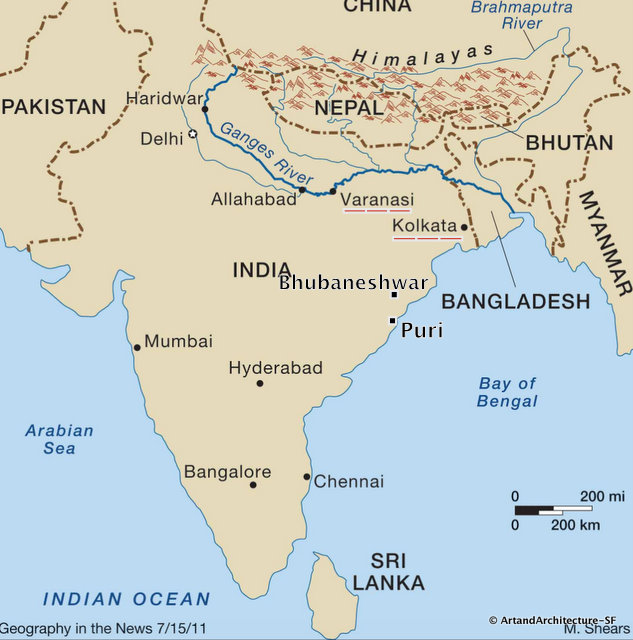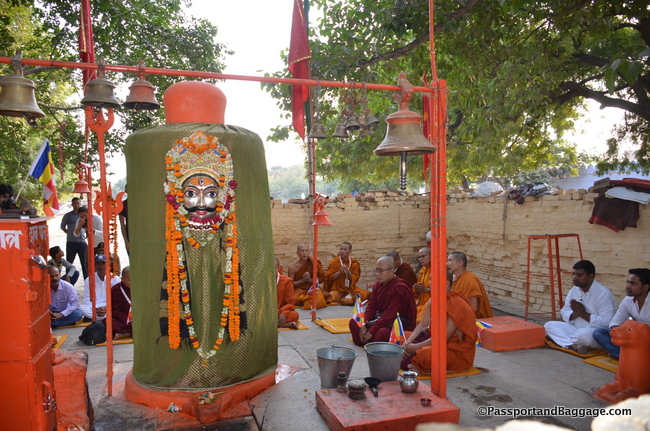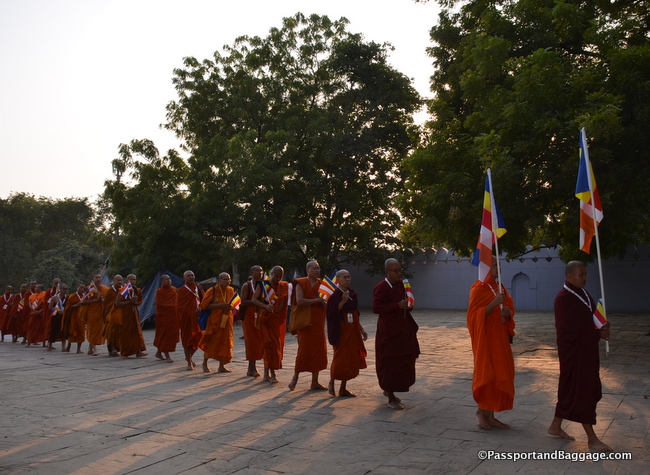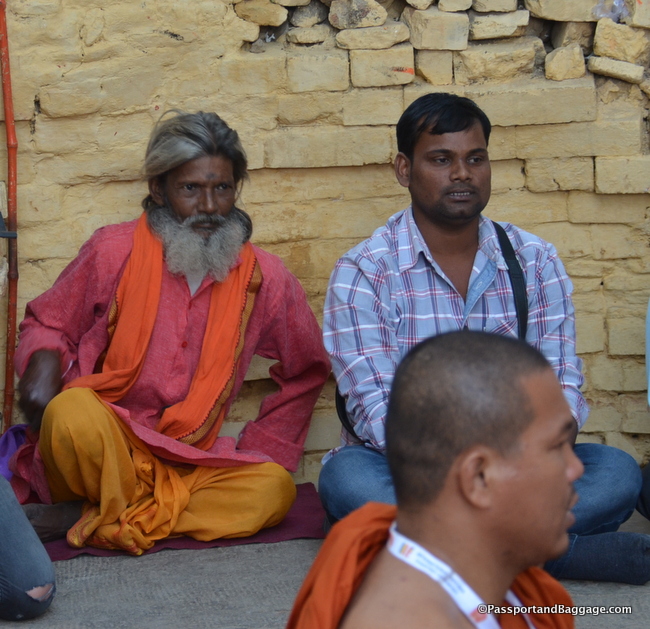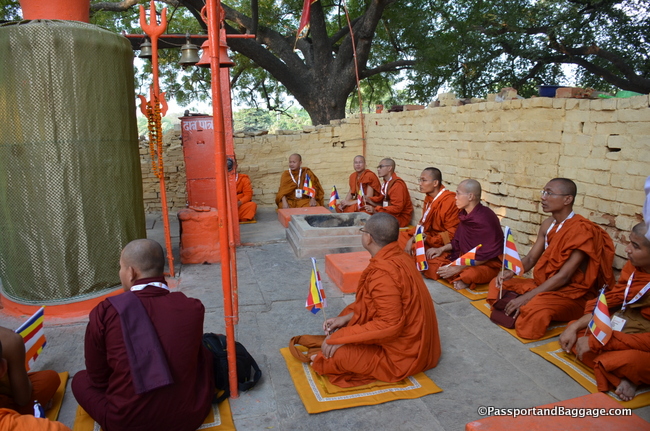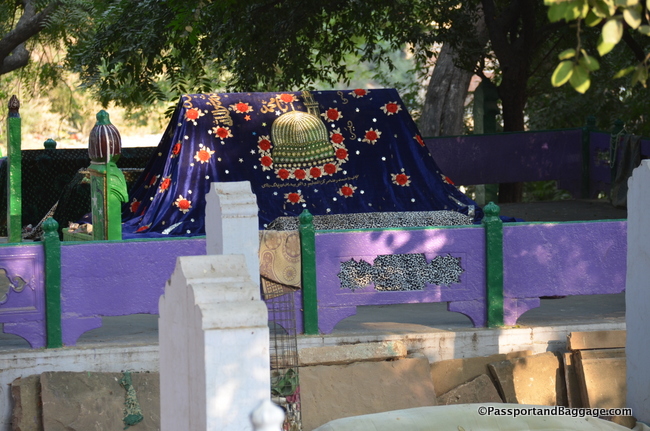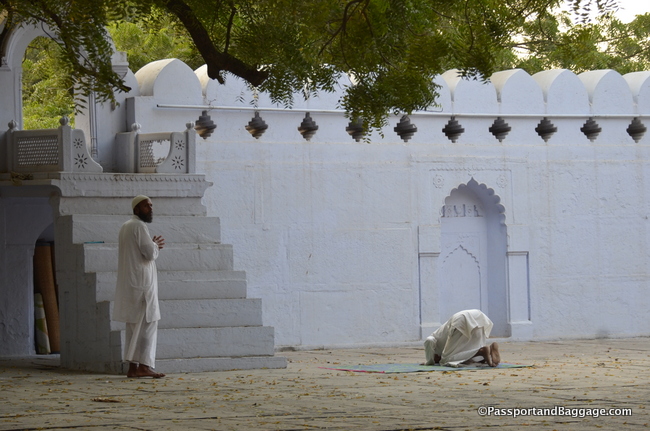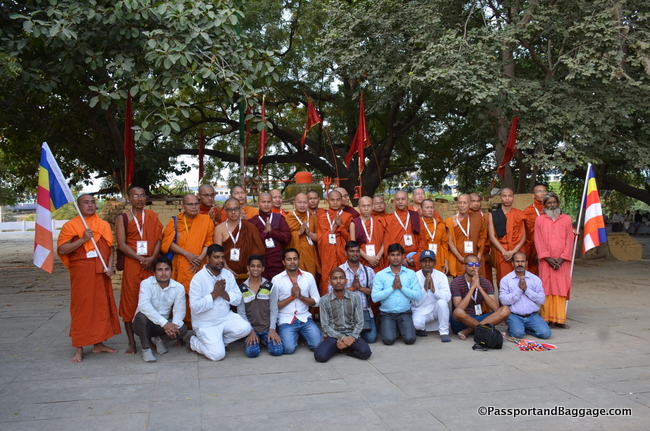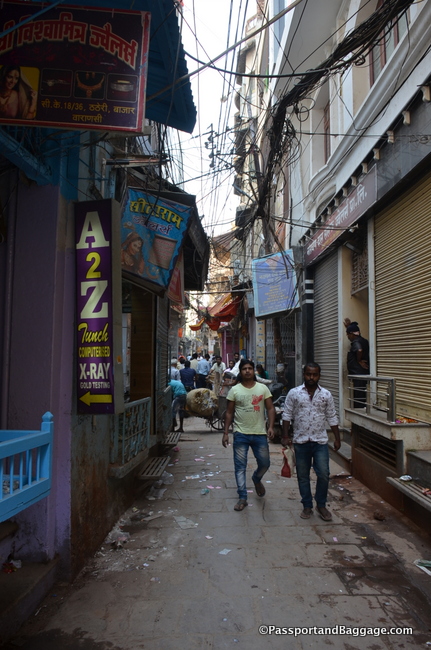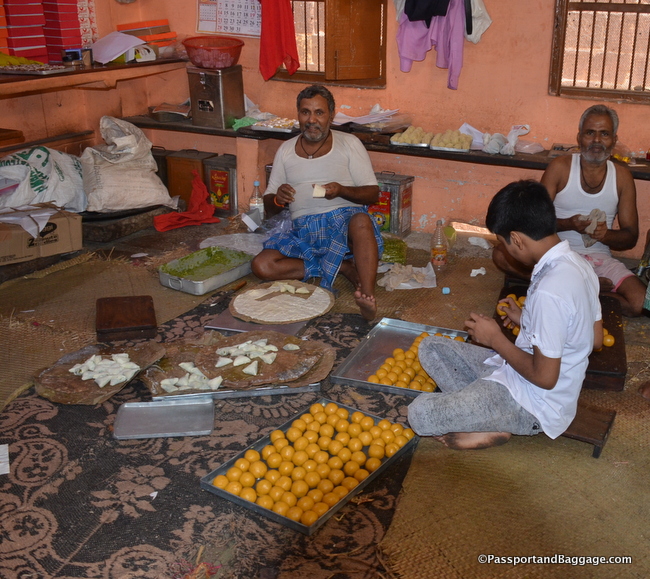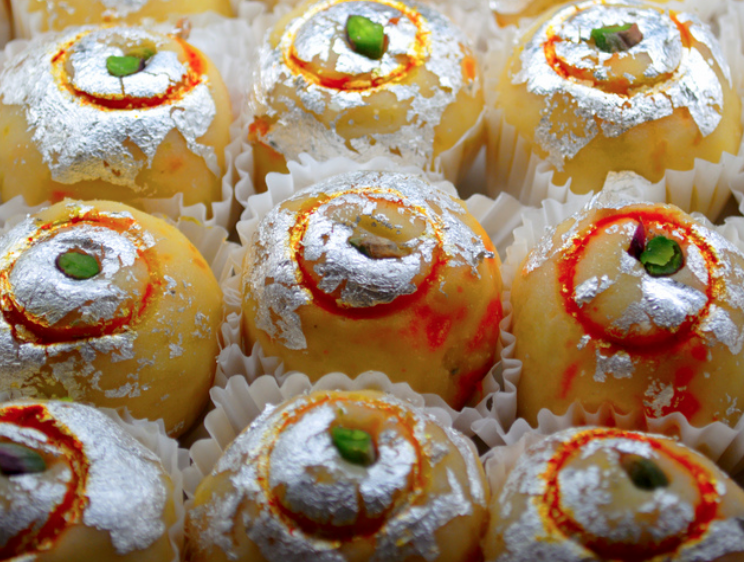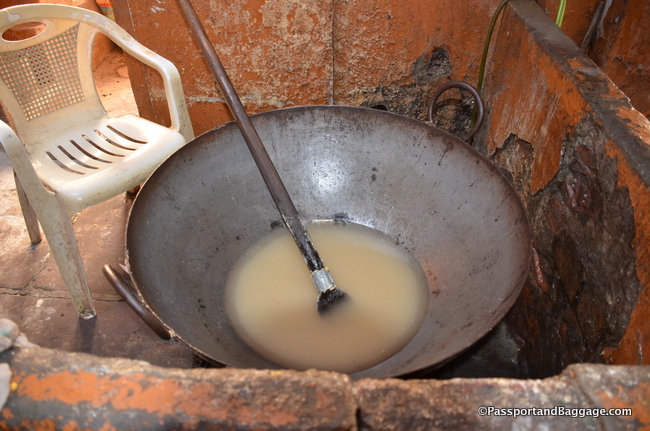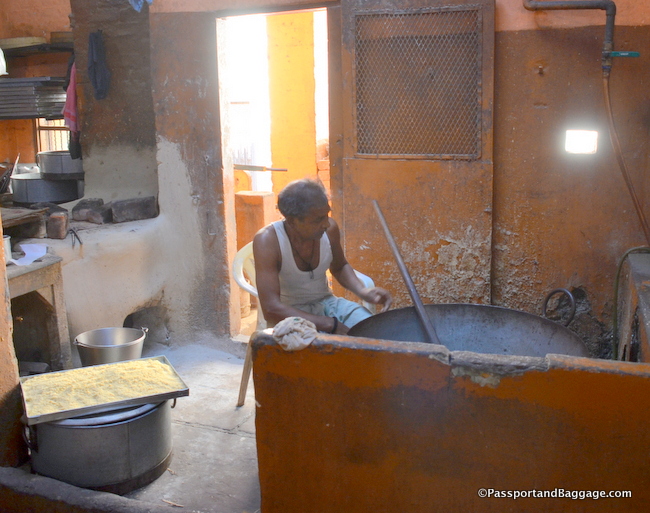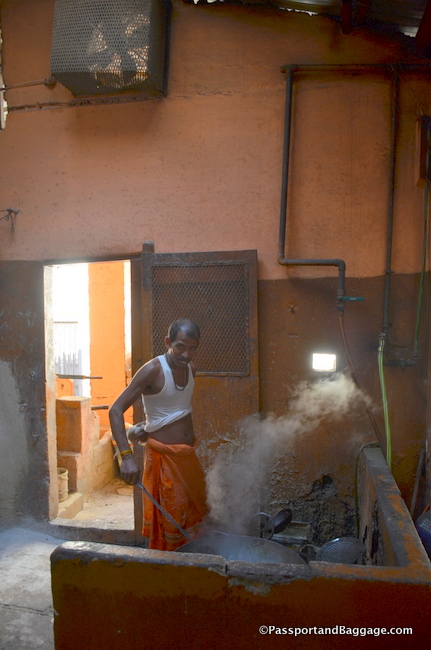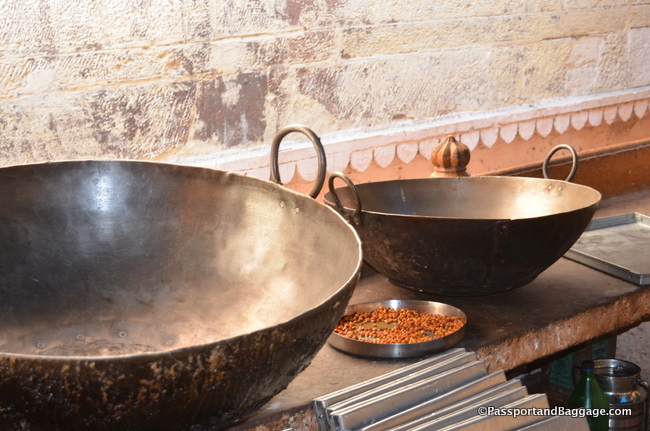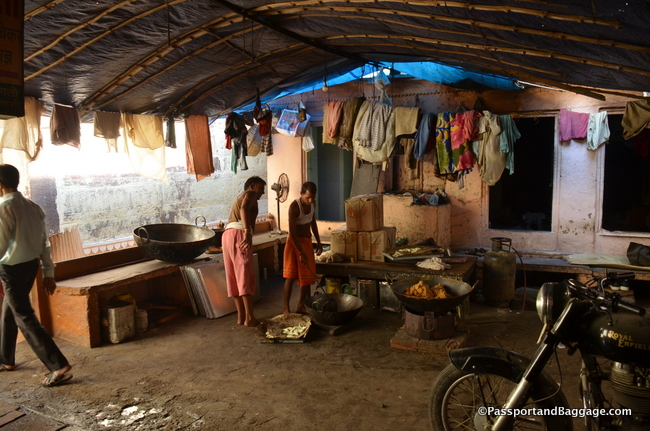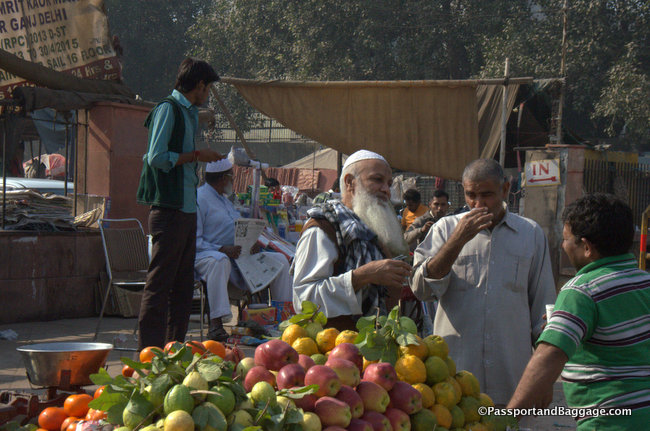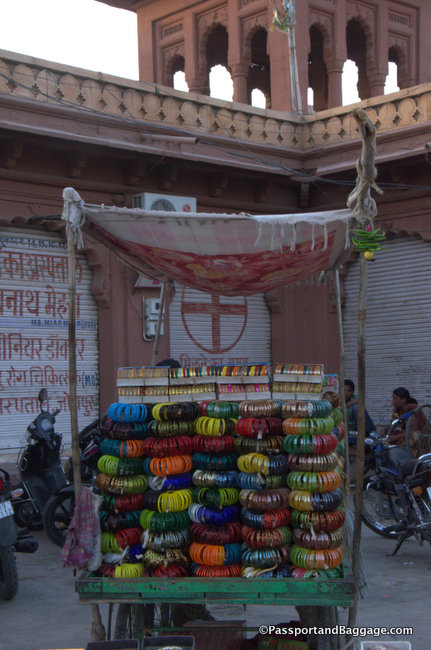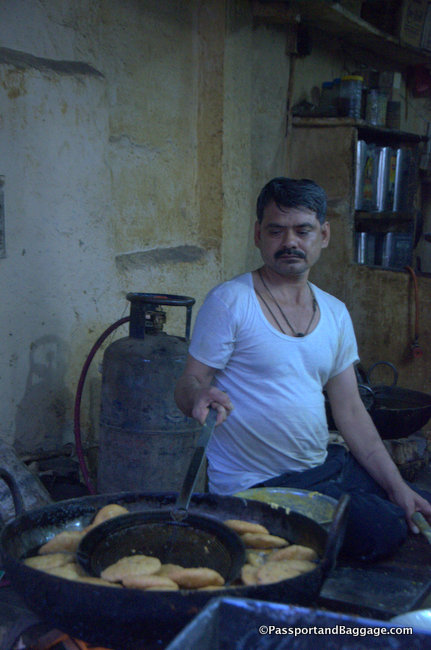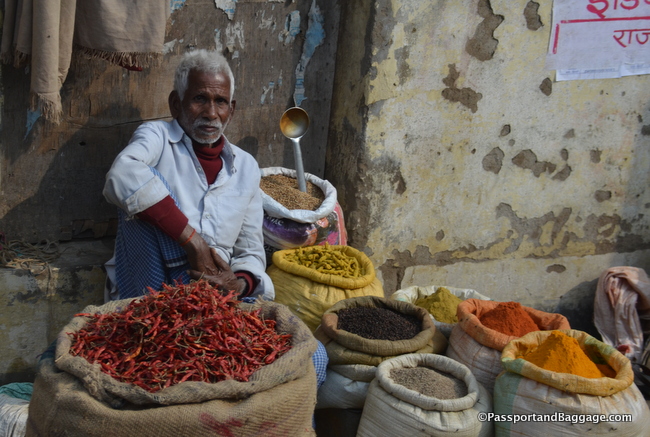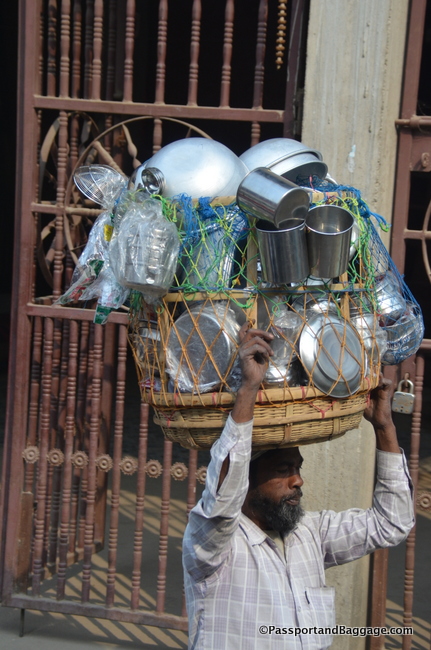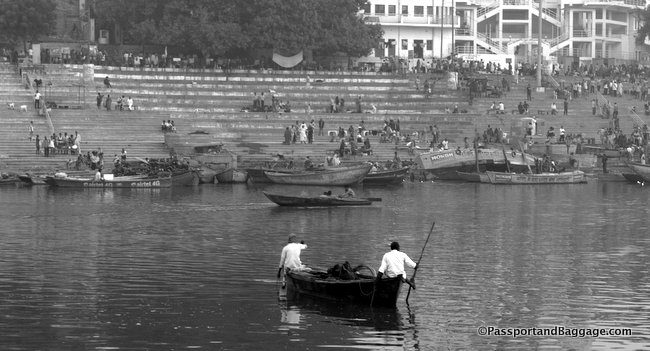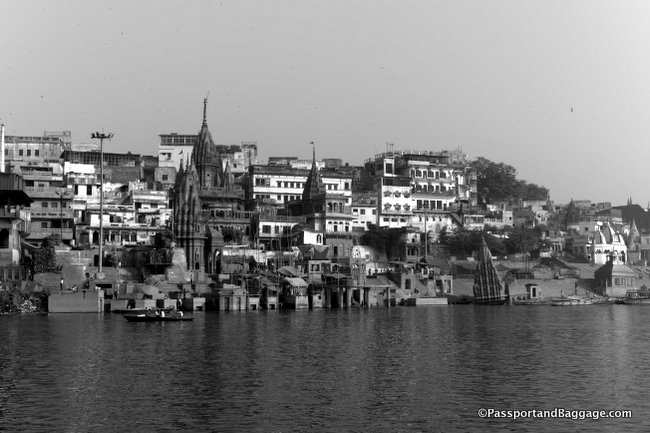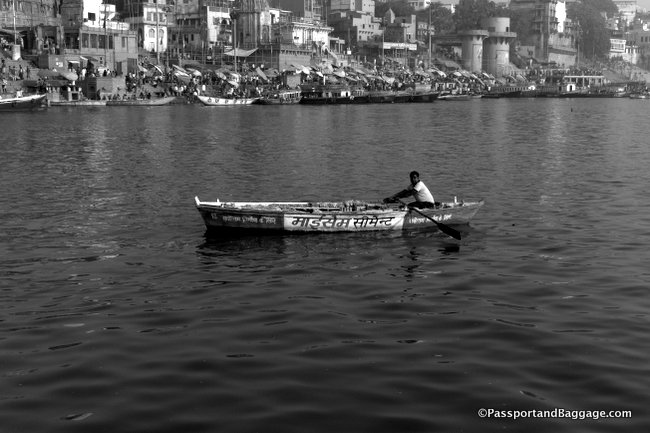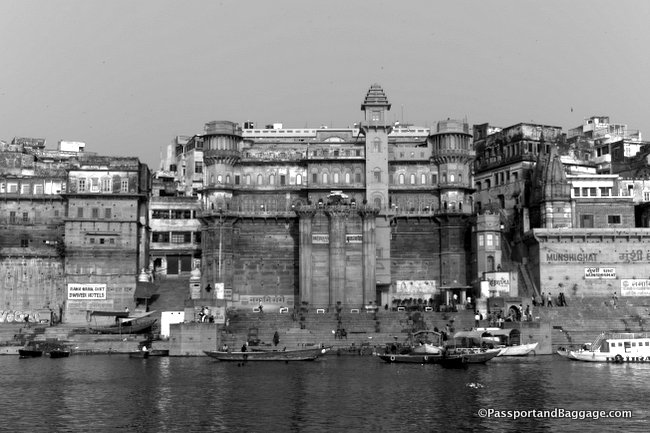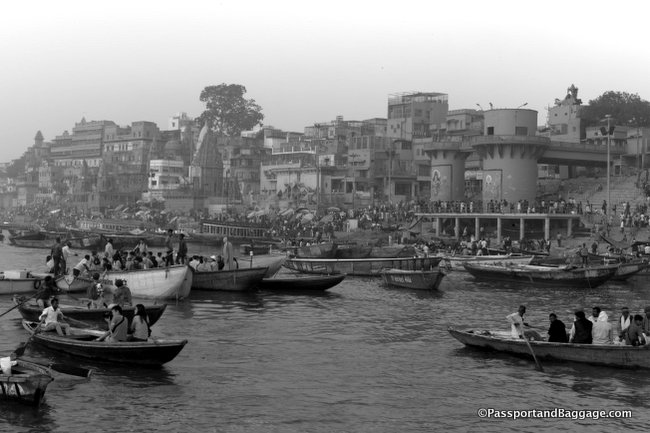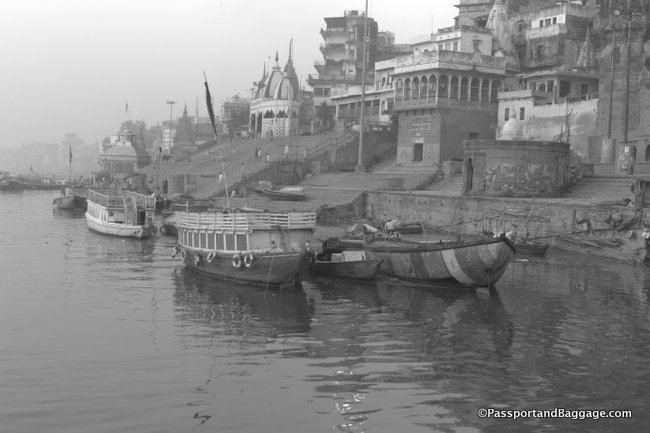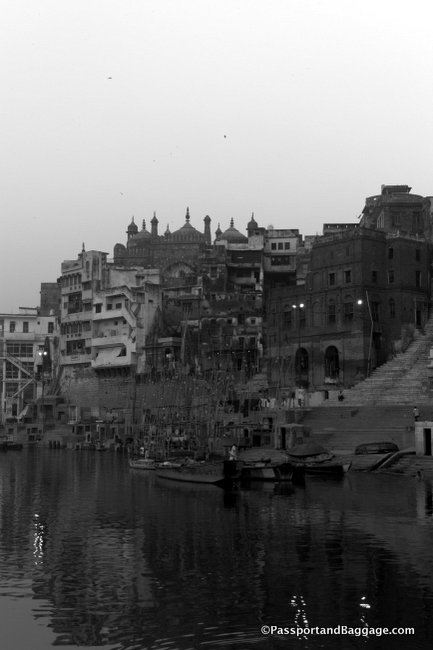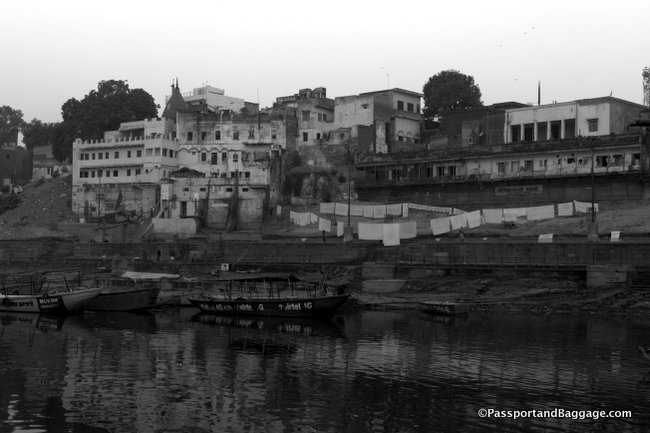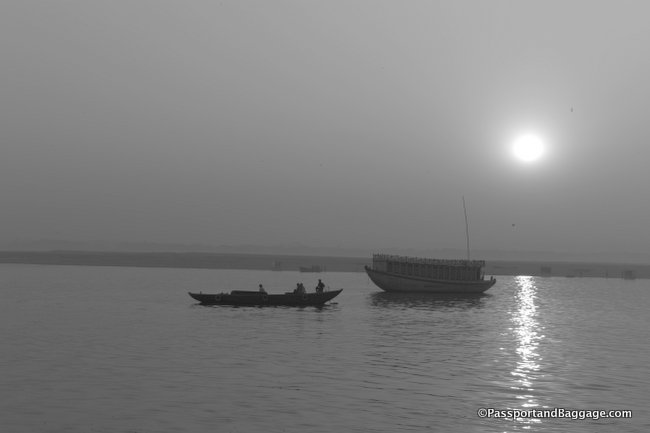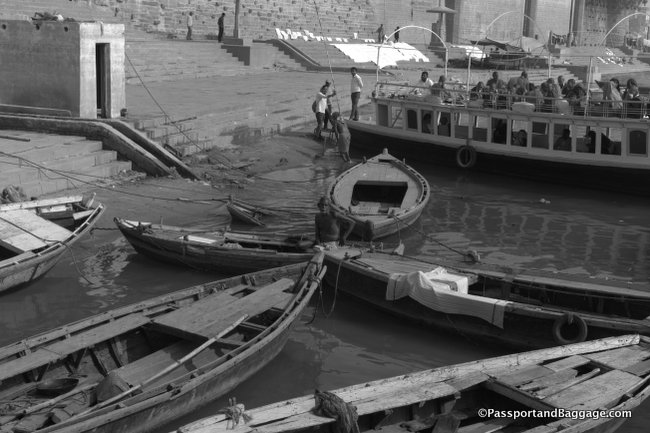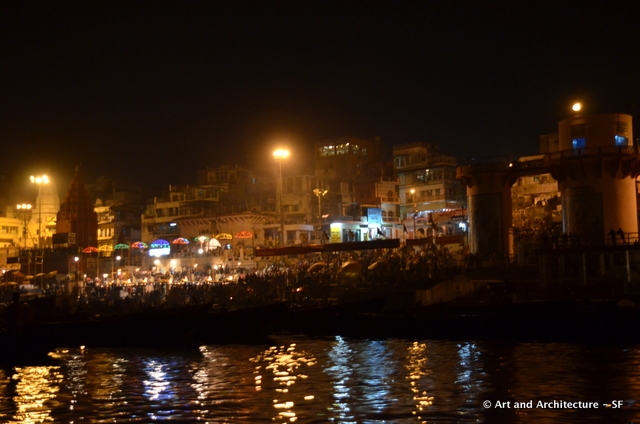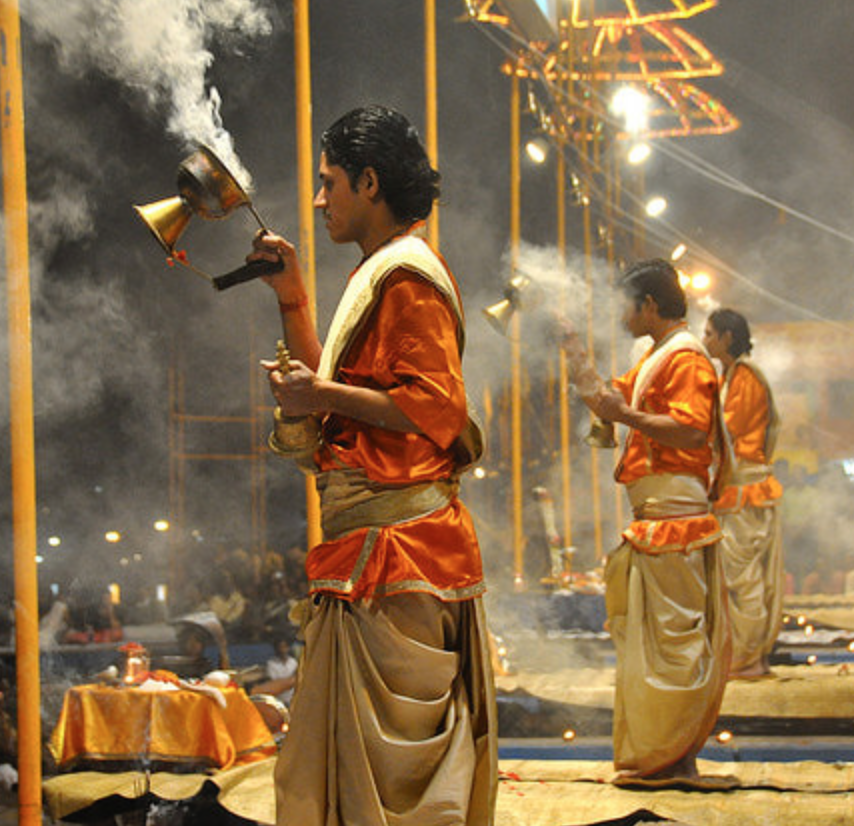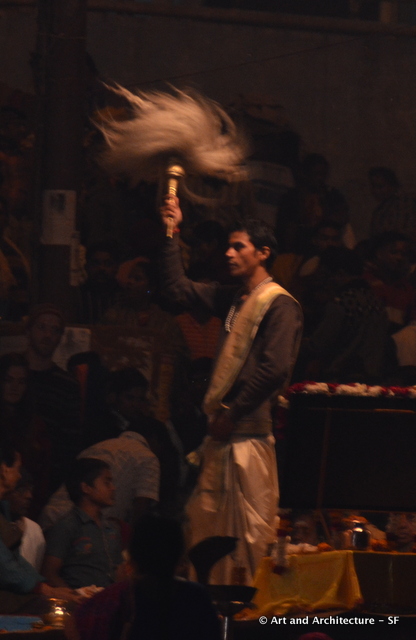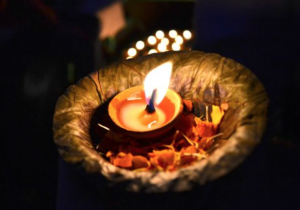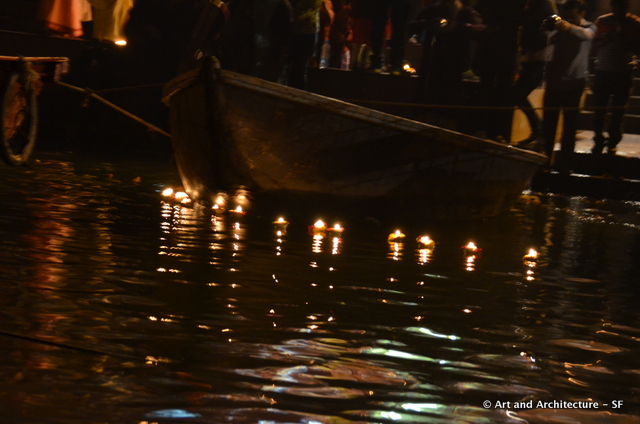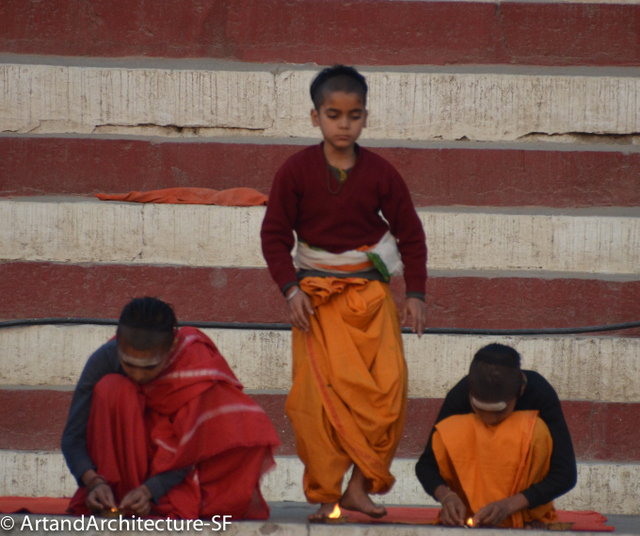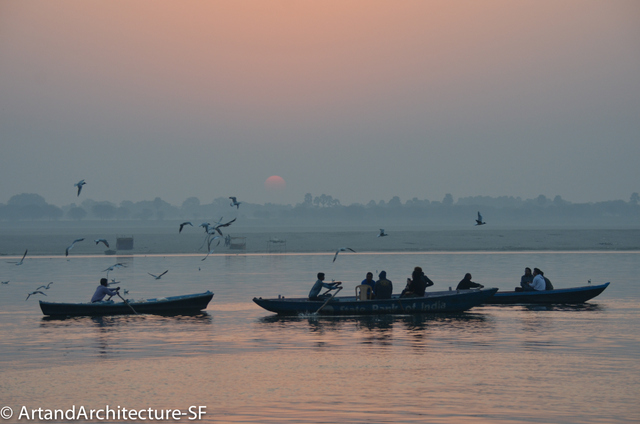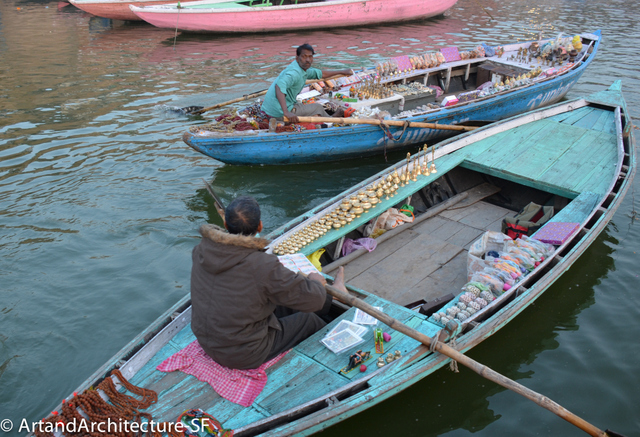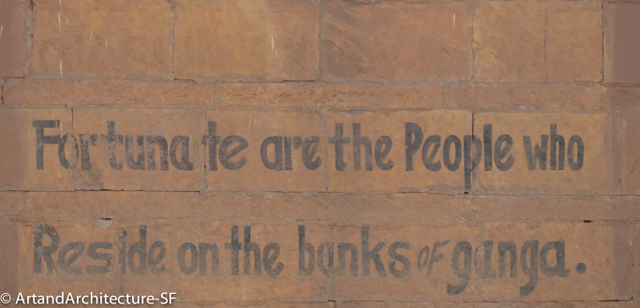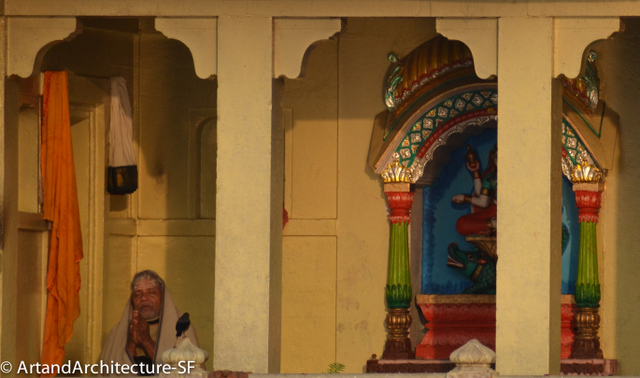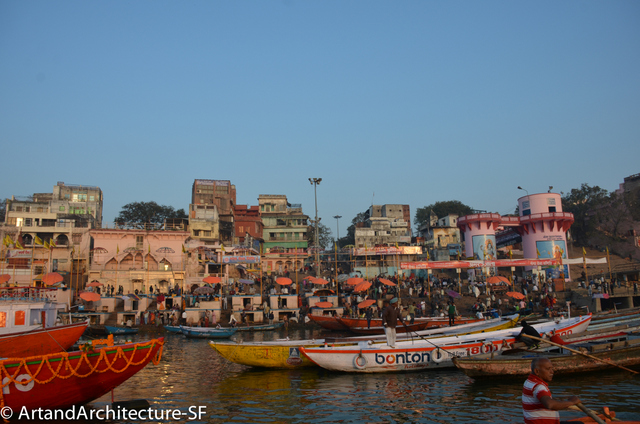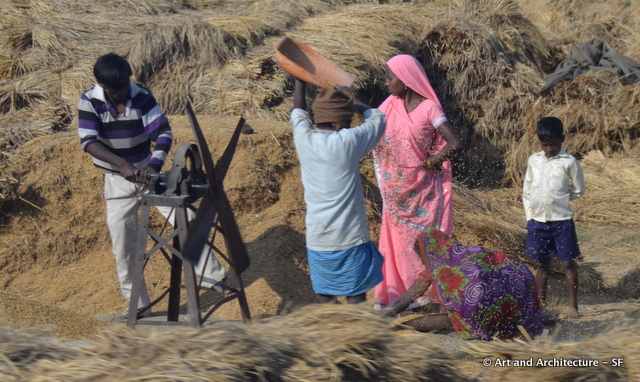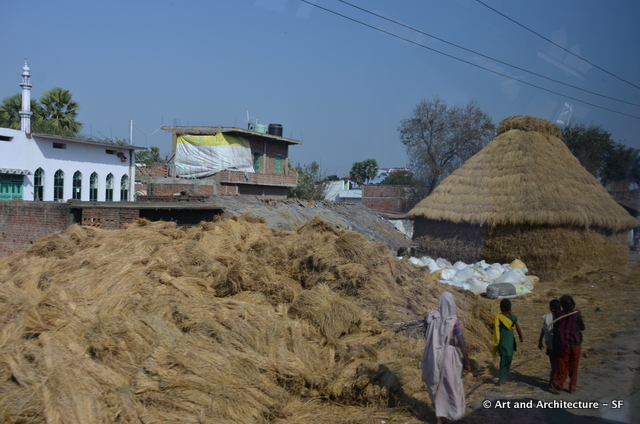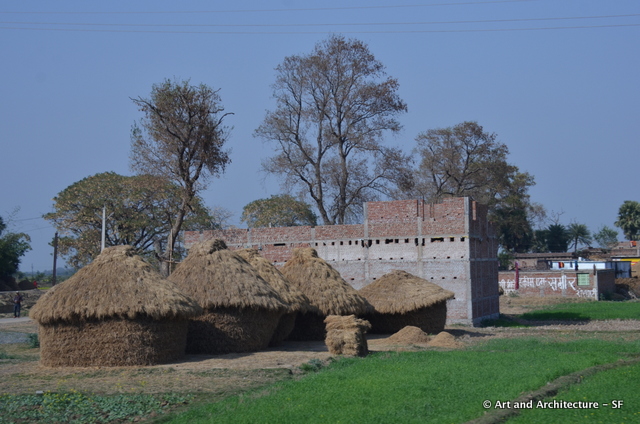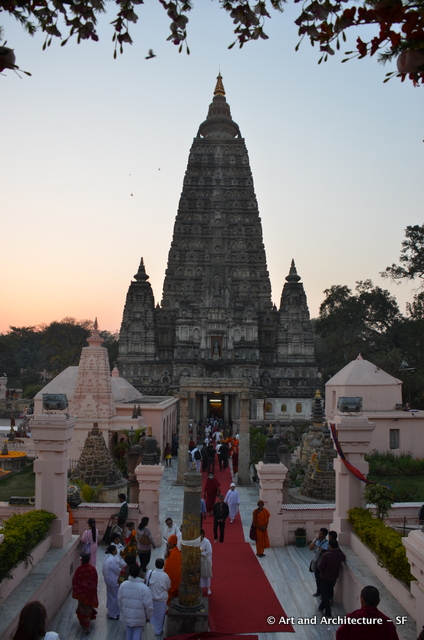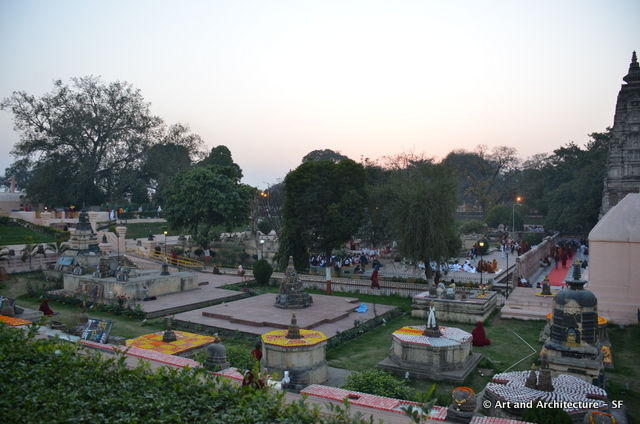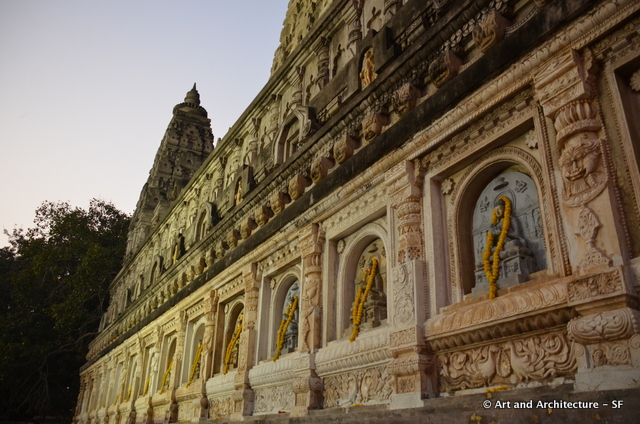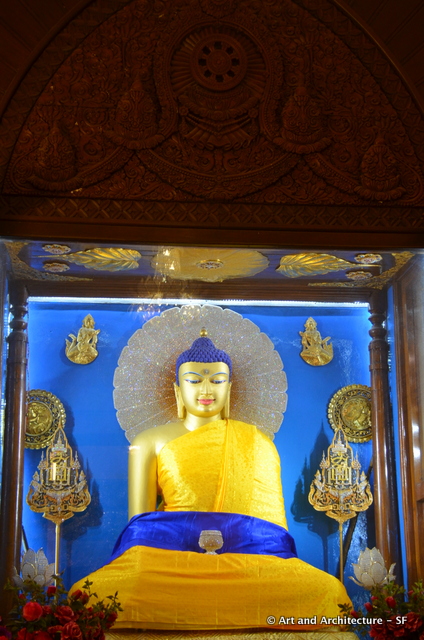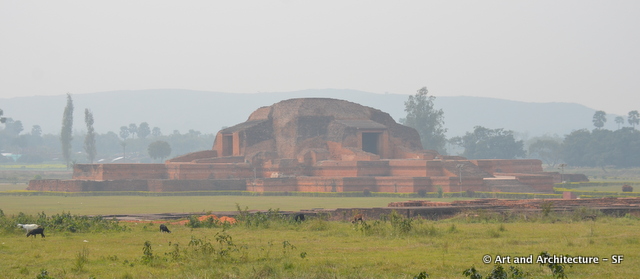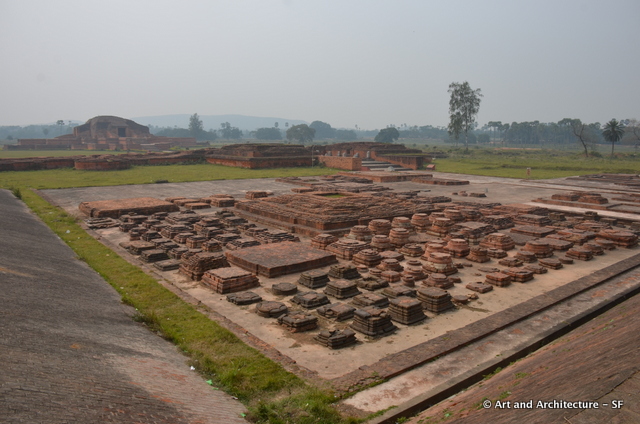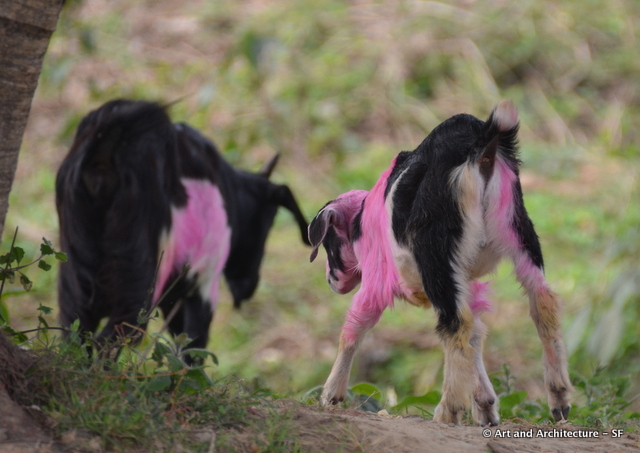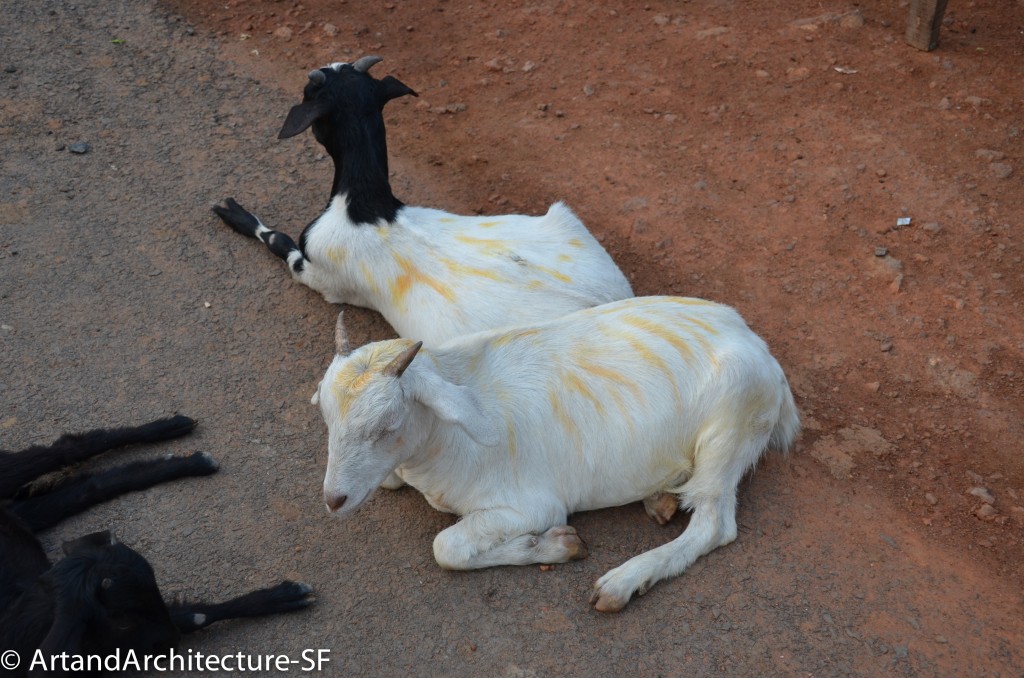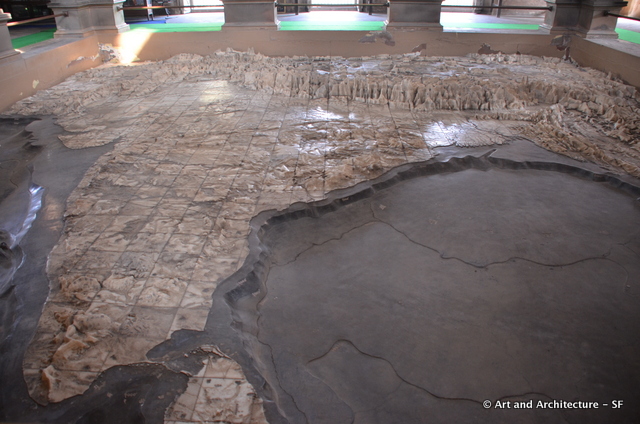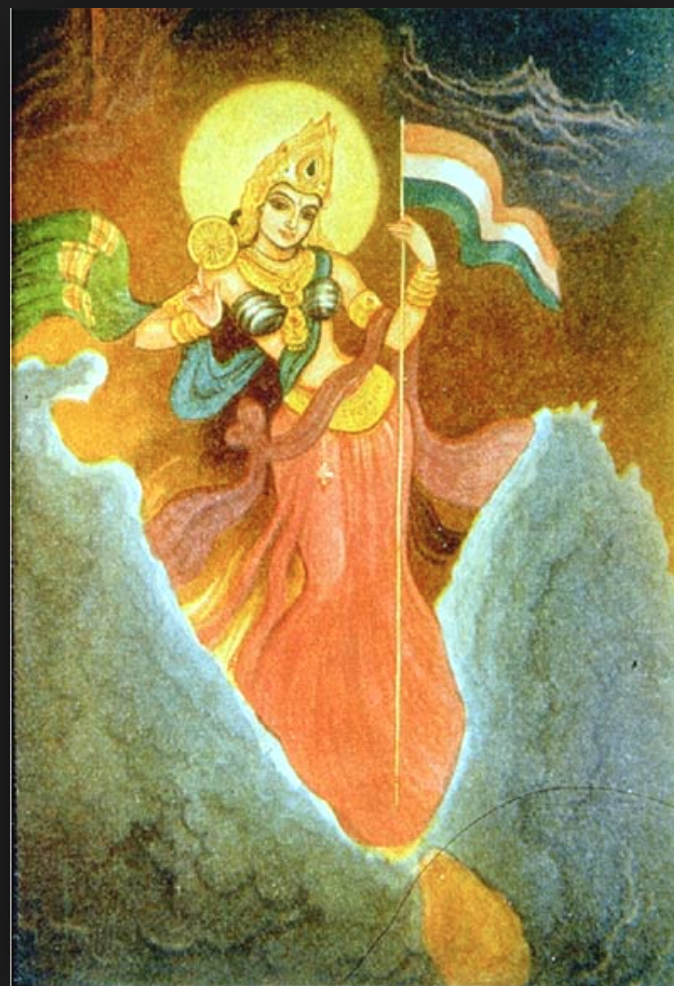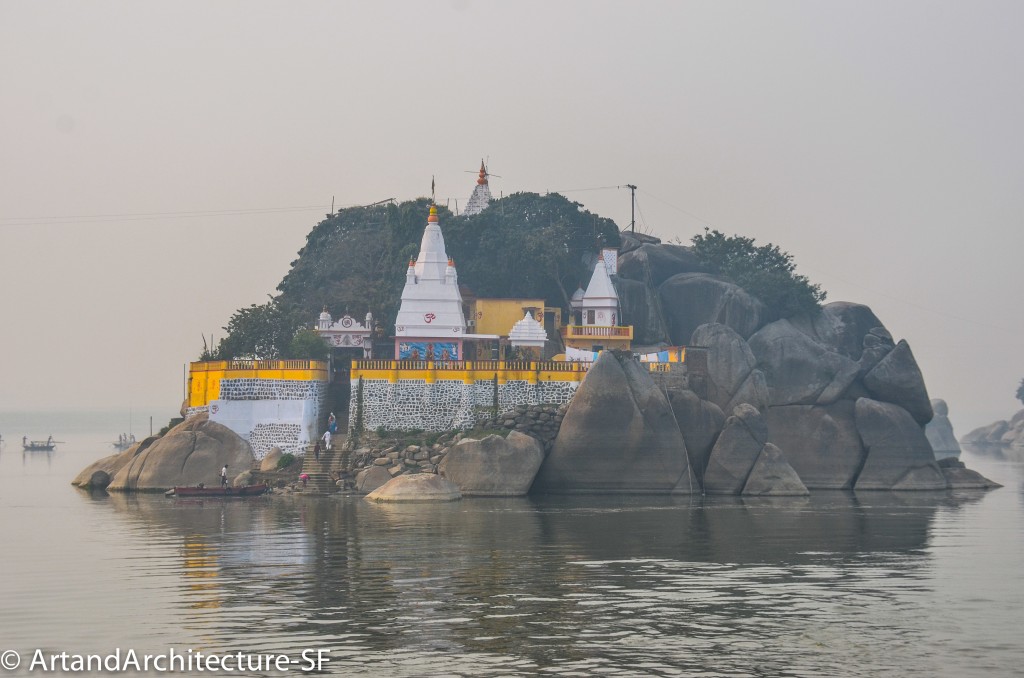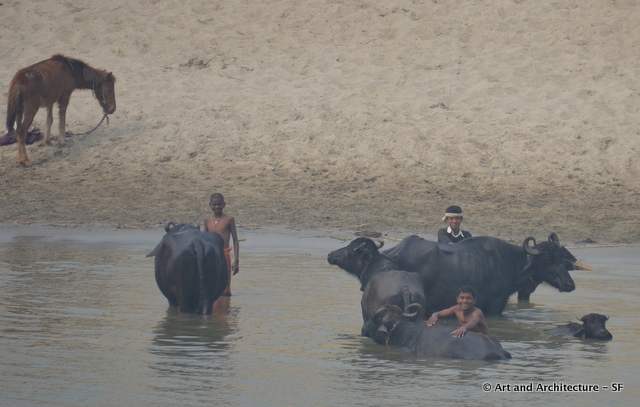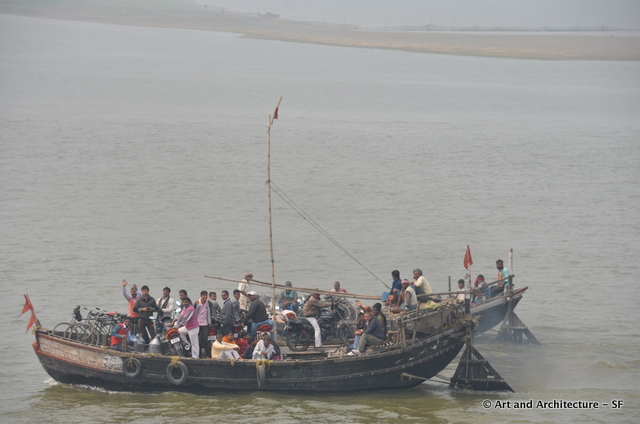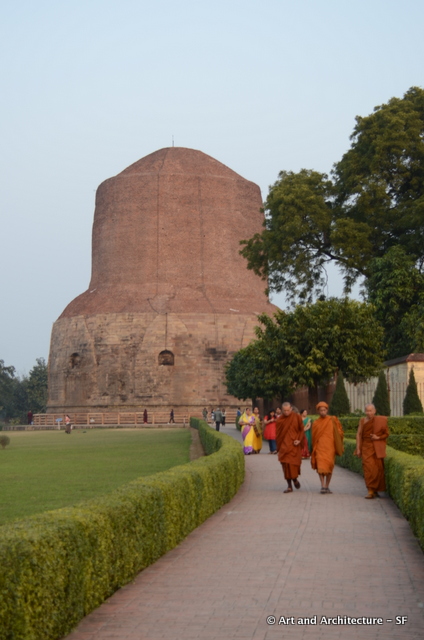
Dhamekh Stupa
We rose early in Delhi to head to the airport for a flight to Varnasi. Alas, the plane was late in arriving so our day became an exercise in catching up. It was not a problem, it just meant for a long and very exhausting day.
We checked into the Taj Ganges Varanasi, and I will say it is not the best, but I am told it is the nicest hotel in the area. I only find this of interest because of the incredible importance of this area, I would assume a high end tourist hotel would have been a natural, but I guess I am wrong.
This area is of such sacred importance to both Buddhism and Hinduism that I hope I don’t confuse you in my telling.
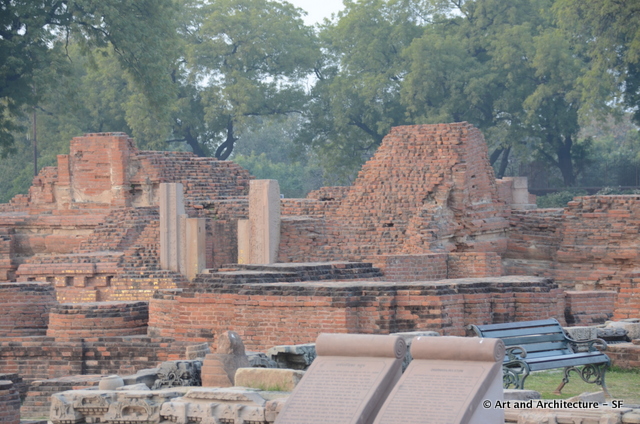
After an insane drive on half paved, oxen crowded roads we arrived at Sarnath. Sarnath is one of the Buddhists most sacred spots.
Buddha arrived in what was then Deer Park, in 528 BC, at that time Sarnath was already one of India’s greatest centers of learning.
It is here, under where stupa above now sits, that Buddha came to preach the Wheel of Law, his first major sermon after his enlightenment.
This stupa, the Dhamek Stupa. was built in 500 CE to replace an earlier structure commissioned by the Mauryan king Ashoka which was built in 249 BC. This stupa stands about 110 feet high and is about 90 feet in diameter. The lower portion of the Stupa is covered randomly with beautifully carved stones. Buddhists come from around the world to circumambulate the stupa.
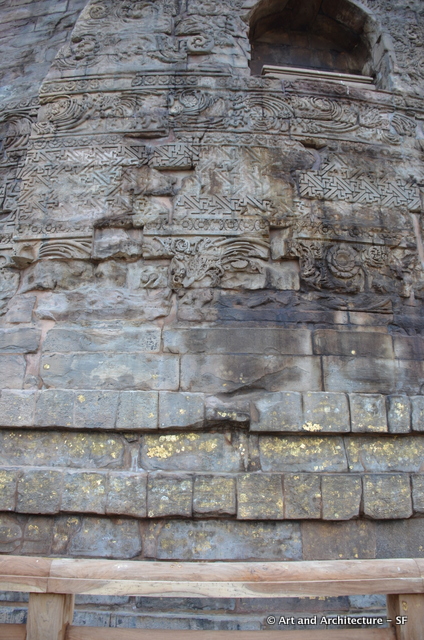
The accompanying museum has a superb collection of artifacts, sadly photos were not allowed. As you enter you get the first glimpse of a polished sandstone Ashoken Lion Capital. The piece in the museum is considered the pre-eminant of the many found around the Buddhist world. The one in the museum does not have the wheel attached.
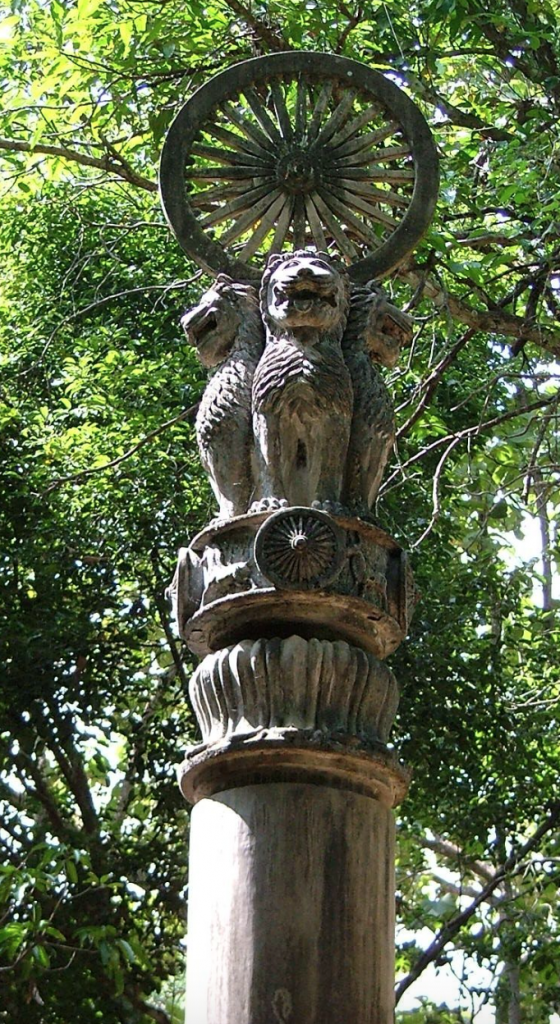
The pillar was adopted as the national emblem of India. It is depicted on the one rupee note and the two rupee coin.
These columns were commissioned by Emperor Ashoka (273-232 B.C.) who was a staunch follower of Buddhism and who visited Sarnath. It is assumed there were many pillars but only nineteen survive with inscriptions, and only six with animal capitals, the columns were a target for Muslim iconoclasm, thus their destruction. All the pillars were placed at Buddhist monasteries, these were important sites from the life of the Buddha and places of pilgrimage. Some of the columns carry inscriptions addressed to the monks and nuns. Some were erected to commemorate visits by Ashoka.
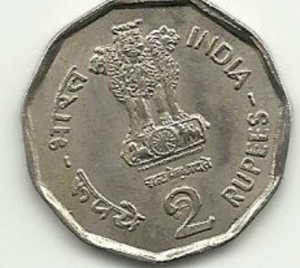
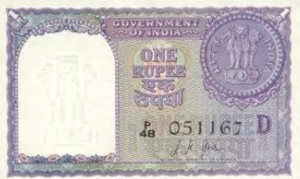
*
The symbolism of each and every part of the capital is worth studying, but in a nutshell.
The top of the column—the capital—has three parts. First, a base of a lotus flower, the most ubiquitous symbol of Buddhism.
Then, a drum on which four animals are carved representing the four cardinal directions: a horse (west), an ox (east), an elephant (south), and a lion (north). They also represent the four rivers that leave Lake Anavatapta (the lake that lies in the center of the world) and enter the world as the four major rivers. The moving animals follow one another endlessly turning the wheel of existence.
The four lions stand that sit atop the drum, also face in the four cardinal directions. Their mouths are open roaring or possibly spreading the Four Noble Truths of the dharma. The lion references the Buddha, formerly Shakyamuni, a member of the Shakya (lion) clan. The lion is also a symbol of royalty and leadership and may also represent the Buddhist king Ashoka.
The wheel (or Dharma chakra), was assumed to be originally mounted above the lions.
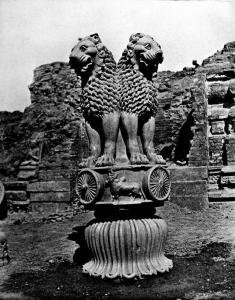
The Ashokan Capital at Sarnath as found before moving to the museum
This is the first time that I have been in India and presented with beads, rather than flowers, when entering an establishment. These beads are called Sadhguru made from the Radraksha seed. Rudraksha is the seed of the Eliocarpus ganitrus tree that once grew mainly in the Himalayan region. Unfortunately, most of these trees were used to make railway sleeper cars, so there are very few of them remaining in India. Today, they are mostly found in Nepal, Burma, Thailand or Indonesia.

Usually the beads (seeds) are strung together as a mala. A mala is a set of beads commonly used by Hindus and Buddhists, used for keeping count while reciting, chanting, or mentally repeating a mantra or the name or names of a deity. Traditionally, they believe the number of beads is 108 plus one. The extra bead is the bindu. There must always be a bindu to the mala, otherwise the energy becomes cyclical and people who are sensitive may become dizzy. The Radraksha seed is said to have a certain harmonic resonance. The larger beads are prized for this resonance.
When we arrived at the hotel we were given a colorful set, not 108, In one form of Buddhism, for instance, 27-bead malas are common. These shorter malas are sometimes called “prostration rosaries” because they are easier to hold when enumerating repeated prostrations.
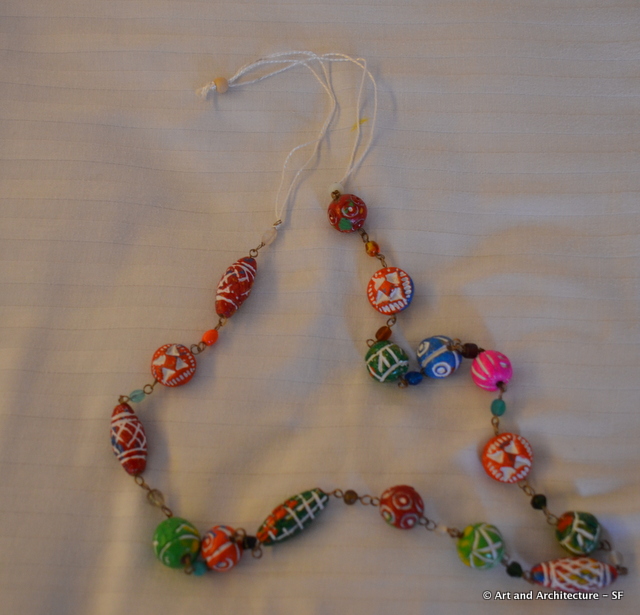
We spent a few hours riding down the Ganges to witness the Aarti Ritual, but that will be another post. Dinner was a true highlight and I would like to show you that.
We arrived via boat
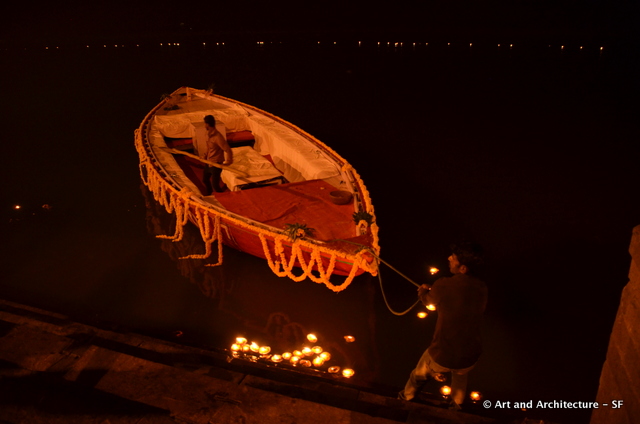
To this…
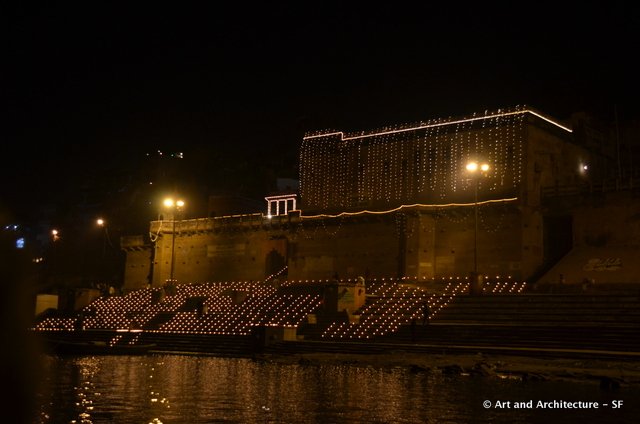
Amrit Rao Peshwa Haveli
We were greeted with marigold necklaces, showered with marigold petals and escorted in to the sounds of traditional Indian music and chants.
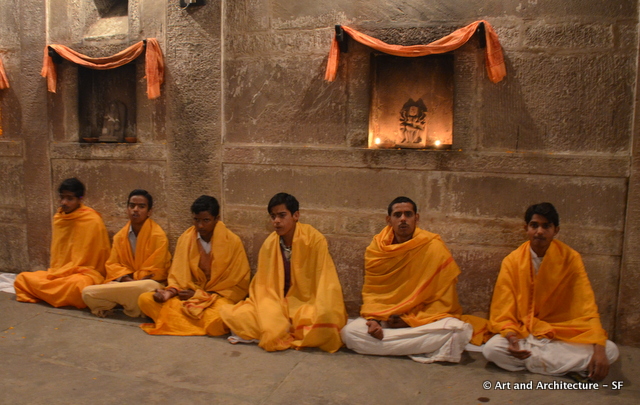
A beautiful chorus of chanting greeted us upon our arrival
After a welcoming drink we were given a show of traditional Indian dancing by a beautiful woman, accompanied by a male singer with a voice of angels.
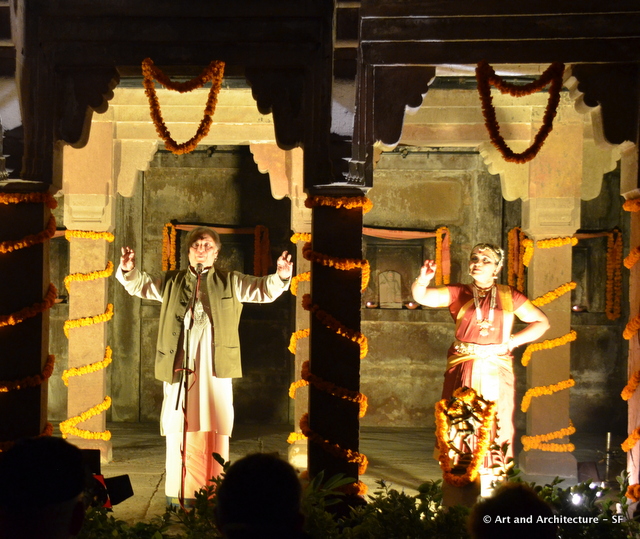
This is Amrit Rao Peshwa Haveli (mansion). Built in 1807 as a fine restaurant to the Brahmins, it sits on the Raj Ghat. Ghat is a Hindi word meaning a wide set of steps descending to a river, especially a river used for bathing.
Dinner was Thali,
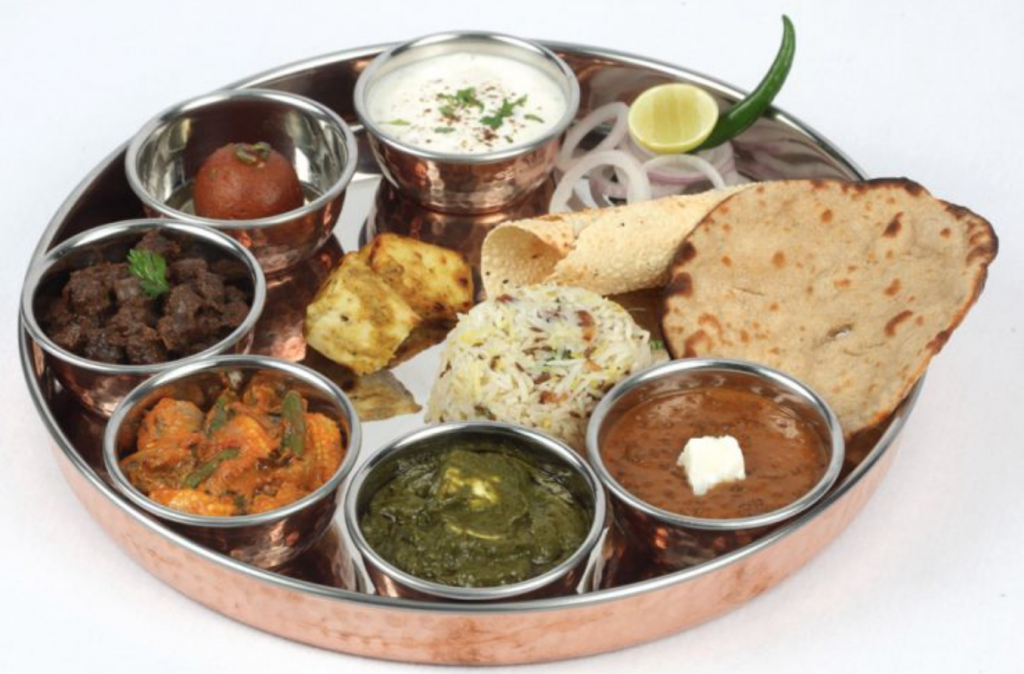
Thali
Thali (plate) is an Indian meal made up of a selection of various dishes. Thali dishes vary from region to region in South Asia and are usually served in small bowls, called katori, which are placed on a round tray. Ours was fabulous.
A boat ride home by and to bed after a long, exhausting and yet exhilarating day.
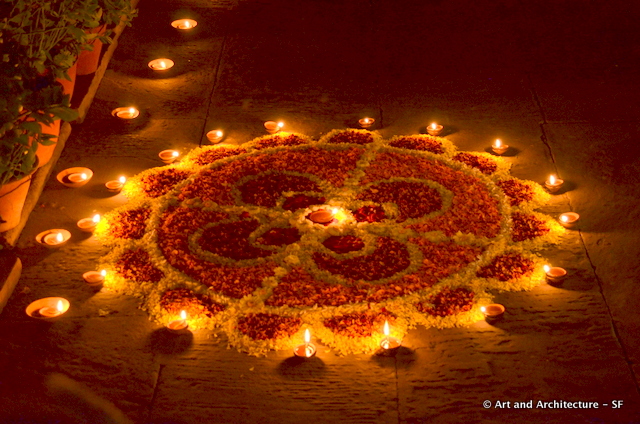 Namaste
Namaste
